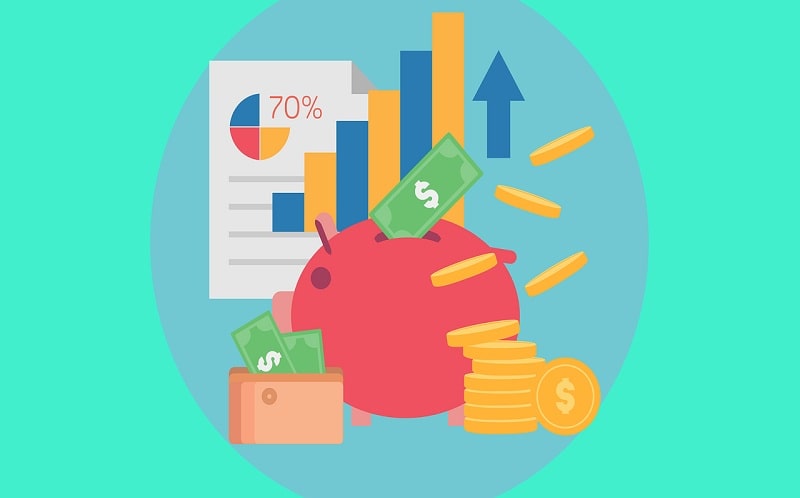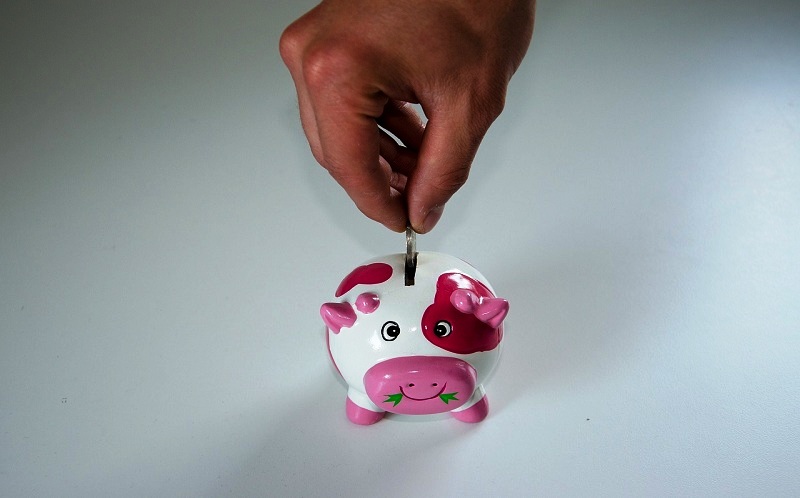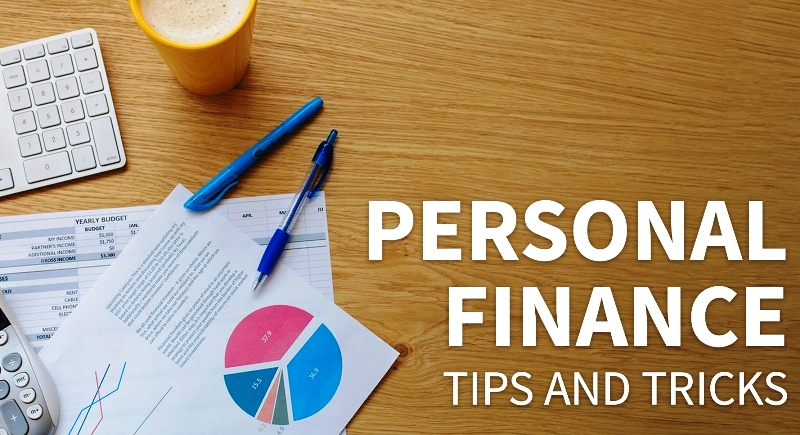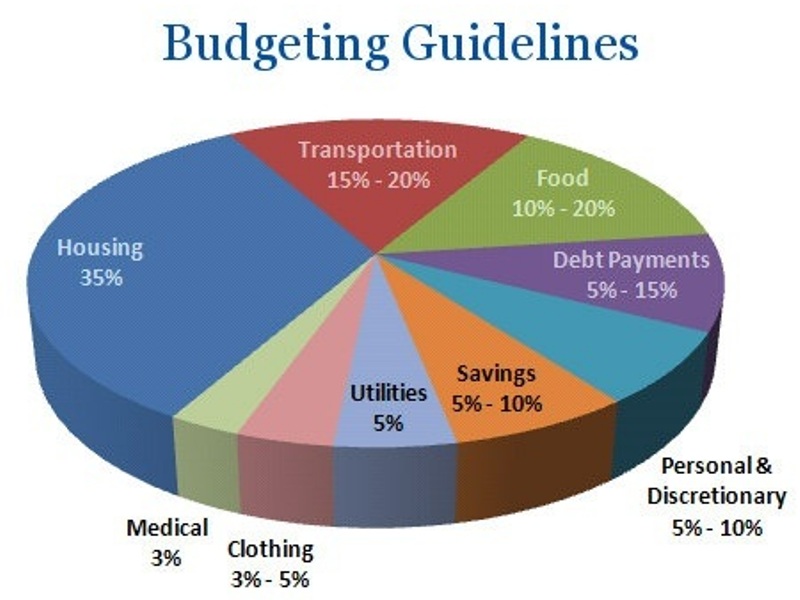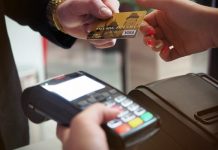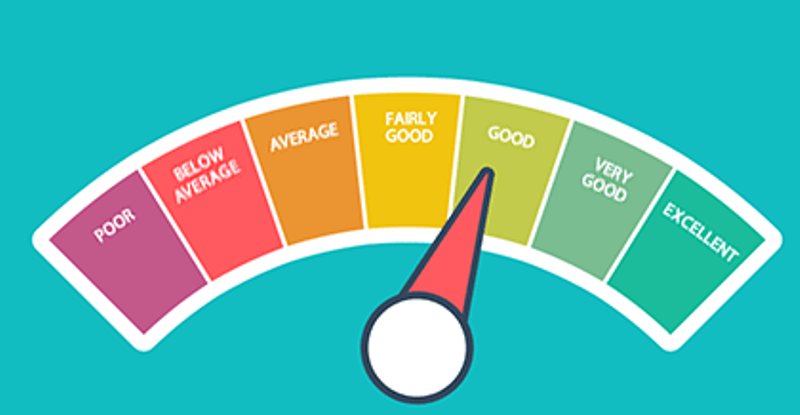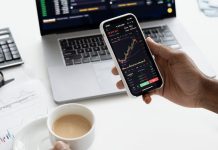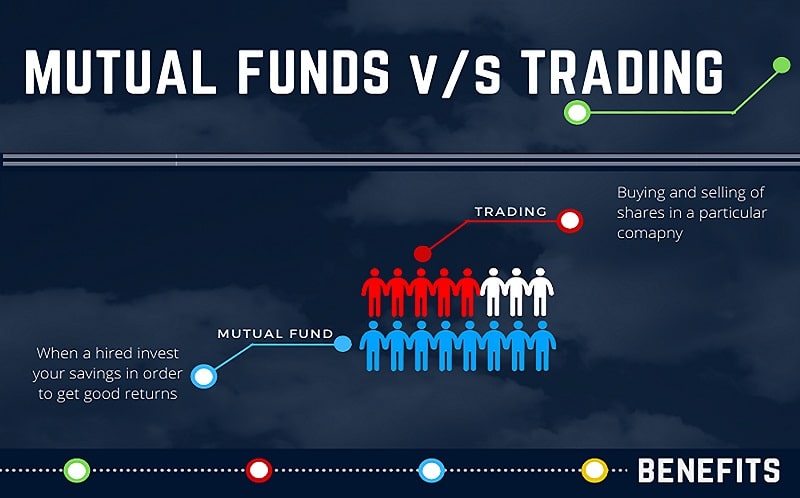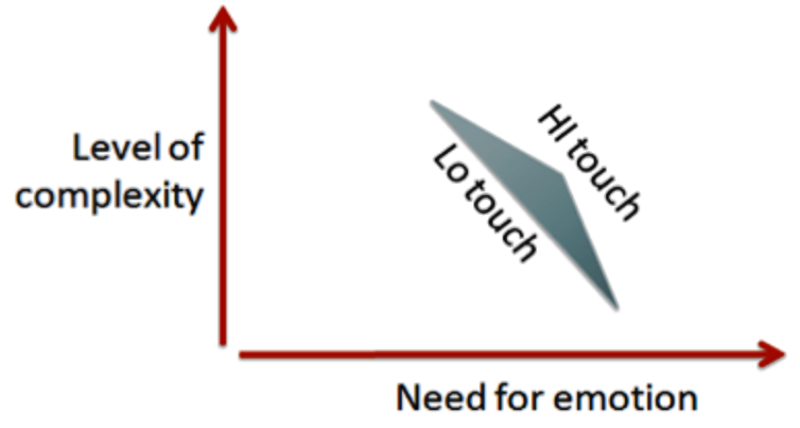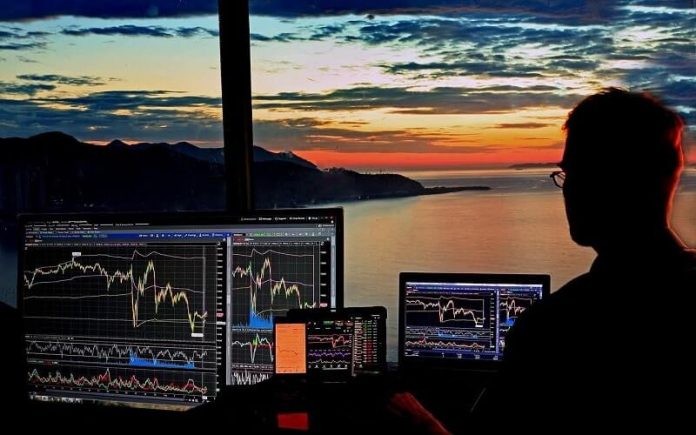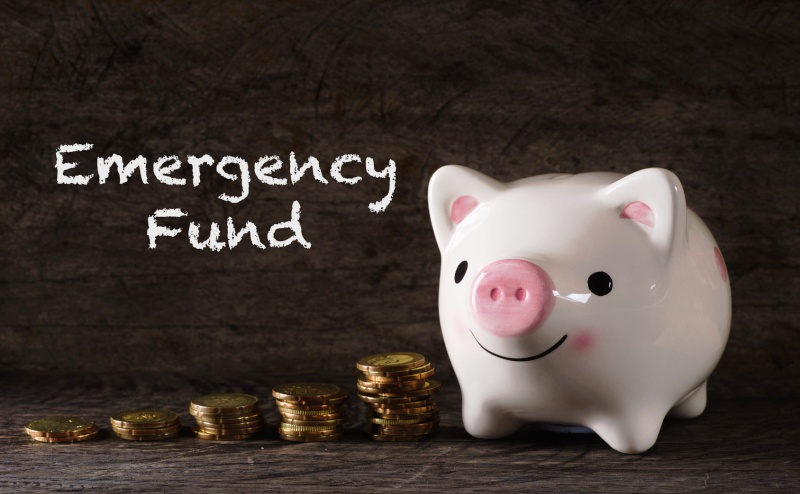If you are thinking of starting off with forex trading, wait. Before starting off forex trading for beginners, there are a lot of things you need to understand and many factors you need to consider before opening a Forex Brokerage Account with a brokerage and start trading.
Factors to Consider Before Choosing a Forex Broker
Leverage
Leverage is how brokerages allow you to make large trades in the market with limited capital in your account. Forex brokers offer leverage to help average investors access the market. When traders do not have $10,000 to actually start trading in the market, they can deposit $50 to open and control a $10,000 trade with 200:1 leverage.
Brokerages provide various amounts of leverage in a range of 50:1 to 300:1. But here’s the catch, while you can make large gains with a small investment, you also incur huge losses if the trade goes wrong.
The higher the leverage, the more the risk amplifies.
Commissions and Fees
You do not have to pay fees on each forex trade as you do for stock trading. Forex trading is dealing with the market directly, without the brokers. Spread on currency pairs is what differs in every firm. Even a difference of 0.0001 pip can make a significant difference when working with a large volume.
You should check the spreads offered by the brokerage houses on the currency pairs you are thinking of trading.
Other factors
When selecting a forex broker, there are different levels of services & programs offered to differentiate a privileged member and the fees levied. The Forex Brokerages have regulated market participants. Now, you have to look for the number of countries under which the firm is regulated.
Regulated market participants need to have certain minimum capital and follow benchmark standards resulting in healthy trade practices. Check the reputation of the firm before opening an account with them.
Forex Trading Orders
Know the types of orders you can place in the forex exchange market.
Market order or a limit order
This is the first order to open a new position in which you can buy (long) or sell (short) positions. You can put a,
Market order
A market order is taking a position at whatever the exchange rate is available in the market. It is executed immediately at the exchange available at the time.
Limit order
You can set the rate at which you want to buy or sell, called the limit order. A limit order is executed when the rate reaches a predefined limit.
Take-profit order
A trader can lock profits by placing a take-profit order for an open position. For example, if you are expecting the GBP/USD to touch 1:2940 but are not so sure if the rate will move further, you can place a take-profit order and lock in the profits.
The take-profit order gets executed when the rate touches the predefined set limits. The rate may move ahead or may not reach the limit to get the order executed.
Stop-loss order
This is the opposite of take-profit order, where the trader restricts losses. Suppose you take a long position in GBP/USD at 1.2936, and you can bear a maximum of 3 pips. Then, you can place a stop-loss order for closing the position at 1.2933.
A Stop-loss order limits the losses if the price goes down more.
The Right Leverage in Forex Trade
Forex trading has a leverage of up to 300:1, meaning you can trade for up to $30,000 with just $100 in your account. Forex traders often lose money with misuse of leverage. Hence, it is important you educate yourself and choose leverage that corresponds to your forex trading skills.
Risk of High Leverage
High leverage means borrowing large sums of money to take positions. Any movement that goes against you can have a colossal impact. Suppose you have $1000 in your account and use a 200:1 leverage, meaning you have borrowed $200 for every dollar you have. Now, you can trade up to $1000 x 200 = $200,000.
Forex trading is done in three lot sizes-
Standard lot- 100,000 units
Mini lot- 10,000 units
Micro lot- 1000 units
Lower Leverage
If you limited yourself to a leverage of 50:1, you would have $1000 x 50 = $50,000 to trade, which is enough to purchase five mini lots. Here, one pip movement costs $1. Hence, each pip movement will cost you $5.
Now, if the position moves against you even by 25 pips, then you are looking at a loss of $5 x 25 = $75, 7.5% of the total amount.
How do you pick the right leverage level?
One thumb rule of forex trading for beginners is to not drown yourself in high leverage trades. If you are just getting started, you can start with lower leverage of 5:1 or 10:1. You will be able to pick the right leverage with time and experience.
It is wise to,
- Trade forex with comfortable leverage.
- Place stop-loss orders to cut losses
- Limit positions to 1% to 2% of the total capital
Forex trading for beginners can get tricky since standards are quoted without any rules. Plus, quoting depends on the country as well. While most countries use direct quotes, some countries like Canada, the UK, Australia, and New Zealand use indirect quotes.
A quote is a currency pair- one currency value is reflected through the value of another currency. Let’s take the currency pair of the British pound and the US Dollar; it would look GBP/USD = 1.2936. The pair also represents the currency you are trading. The currency placed first (GBP is the base currency, and the one placed after (USD) is the quote currency.
Why does a currency fluctuate in value?
Currency movements are greatly impacted by changes in interest rate, unemployment, inflation, consumer confidence, GDP, and political stability of a country.
The announcement and the state of the country can lead to significant fluctuations leading to extreme gains or losses.
In conclusion:
There are many reasons to start Forex trading for beginners; some of them are;
- Low cost
- Higher liquidity
- Lack of central exchange
- Various currency pairs
- Lesser capital required
- Easy to trade
If you are all set to trade in the forex market, tread lightly and don’t jump to higher leverages directly.





